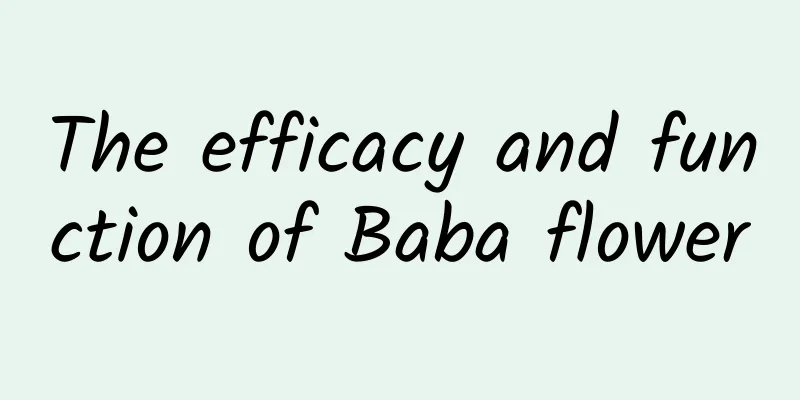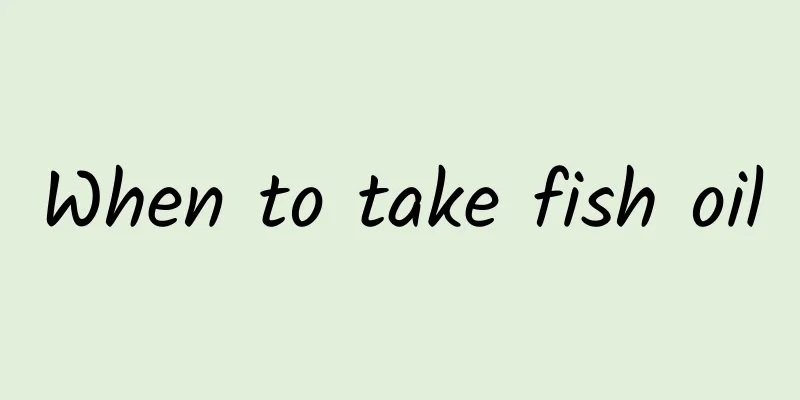Benefits of Honeysuckle, Wolfberry and Licorice Tea

|
Honeysuckle, chrysanthemum and licorice are three common substances. Many people use these three substances to make tea, but no one knows to combine them to make tea. If they are combined to make tea, the effect on our body will be better than brewing them separately. In this way, it will have more health-preserving effects. If you drink it frequently, it can nourish our kidneys and even have the effect of clearing the liver and improving eyesight, and it will not make us feel tired of vision. This is fine. It can clear away heat and nourish yin, strengthen the spleen and kidney, invigorate qi and clear liver heat. It can be used without any contraindications. Chrysanthemum + wolfberry: clear the liver and improve eyesight, nourish the liver and kidneys. Chrysanthemum is very effective in treating eyestrain and blurred vision. Chinese people have known since ancient times that chrysanthemum can protect the eyes. In addition to applying the tea to the eyes to eliminate swelling, you can usually make a cup of chrysanthemum tea to drink, which can relieve the symptoms of eye fatigue. If you drink three to four cups of chrysanthemum tea a day, it will also help restore your vision. There is no incompatibility between licorice, honeysuckle and wolfberry, and they can be used together. It has the effect of clearing heat and nourishing yin. Honeysuckle has a cold nature and has the effect of clearing heat and detoxifying. If you have a cold stomach, it is not suitable to drink. Adding honeysuckle to soup can not only relieve restlessness and dryness, reduce fat and weight, beautify the skin, but also clear away heat and detoxify. It was recorded in the Qing Dynasty's "Records of Imperial Fragrance" that Empress Dowager Cixi used honeysuckle to wash her face to maintain her skin, beautify her complexion, and achieve rejuvenation. The secret recipe of the Qing Dynasty Emperor Qianlong's palace, "Yanshoudan", also uses honeysuckle as the main ingredient. Honeysuckle tastes sweet and is cold in nature. It has the effects of clearing away heat, detoxifying and dispersing wind-heat. The earliest record of honeysuckle as a medicine was in medical works before 1500. There was a famous medical book in the Liang Dynasty called "Ming Yi Bie Lu", which included honeysuckle under the name "Lonicera japonica". There was a reason why it was included under the name "Honeysuckle" at that time: because the plant is called honeysuckle, and the medicinal parts, in addition to the flowers, also include stems, vines and leaves, that is, the whole honeysuckle plant. The name of honeysuckle was officially given by Li Shizhen in the Ming Dynasty: "It grows on a vine and does not wither in winter, so it is called honeysuckle; it has one stalk and two flowers, one large and one small. When they first bloom, the stamens and petals are white, but after two or three days, the color turns yellow; the new and old flowers bloom one after another, alternating between yellow and white, so it is called honeysuckle; it is also called mandarin duck vine; its vine is left-entwined with other things, so it is called left-entwined vine." This is the annotation of Li Shizhen and other scholars on the origin of its name and synonyms. Nowadays, honeysuckle has other names such as double flower, silver flower, and honeysuckle flower. Not only that, there are no contraindications to drinks like honeysuckle, wolfberry and licorice tea. If you drink it in the summer, it can clear away heat and detoxify very well. Especially when your eyesight is not so good, you can drink more of such drinks. Basically, you can drink about 3 to 4 cups a day. It also has certain medicinal value and can treat some diseases very well. |
<<: What is the medicinal value of bitter herb
>>: What are the effects of licorice and American ginseng?
Recommend
Feeling tired after the beginning of summer? How to eat more energetically? Here are 8 tips for you
Image from: freepik.com After the beginning of su...
Question: What color are blueberries? Few people know the truth!
Color is a language of plants. Through colors, we...
The efficacy and function of witch hazel
Witch hazel has a long history, and up to now, wi...
The efficacy and function of Tonggu Xiaogen
As the pressure of modern life increases, more an...
The efficacy and function of Sophora japonica
Do you know what the Sophora japonica is? If you ...
Cognitive neuroscience: self and social intelligence
Self and Social Intelligence ——A person has many ...
The efficacy and function of thorny bamboo leaves
Thorny bamboo leaves are a relatively familiar tr...
The cause of hair loss has finally been found! Check here to see if it’s you (including tips on how to prevent hair loss)
What storms and waves have you never seen? But I&...
Don't be afraid of radiation! It turns out that it has these functions...
Grain Full, the eighth of the 24 solar terms, sym...
Is it not a dream to lose weight by lying down? What other information is worth paying attention to behind the "switch" for burning fat?
Everyone knows the simple principle of weight los...
Wu Hequan, Academician of the Chinese Academy of Engineering: In the next ten years, we will be in the "new Internet era"
As an important part of the 2025 Zhongguancun For...
Effects and functions of Hanzhong Fangji
Do you know about Hanzhong Fangji? It is a common...
The efficacy and function of pufferfish
Diseases require improvement through medicine. Di...
The efficacy and function of red root
There are so many medicinal herbs in the world, a...
Satellite cloud images help you understand the weather: "Northeast Cold Vortex" is in the shape of a vortex! Does "arc-shaped cloud line" mean severe convective weather?
Northeast Cold Vortex The Northeast Cold Vortex i...









